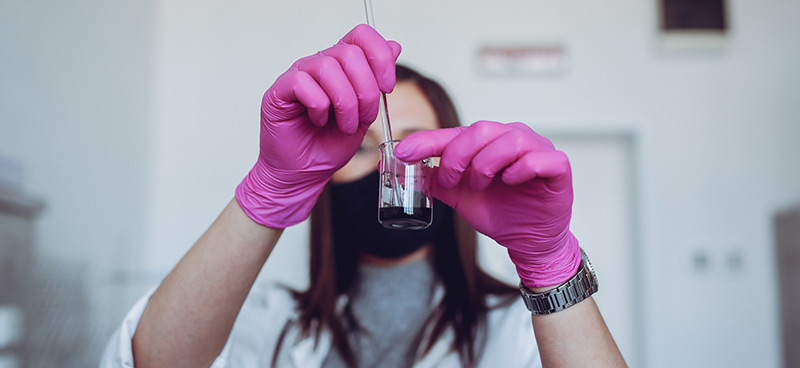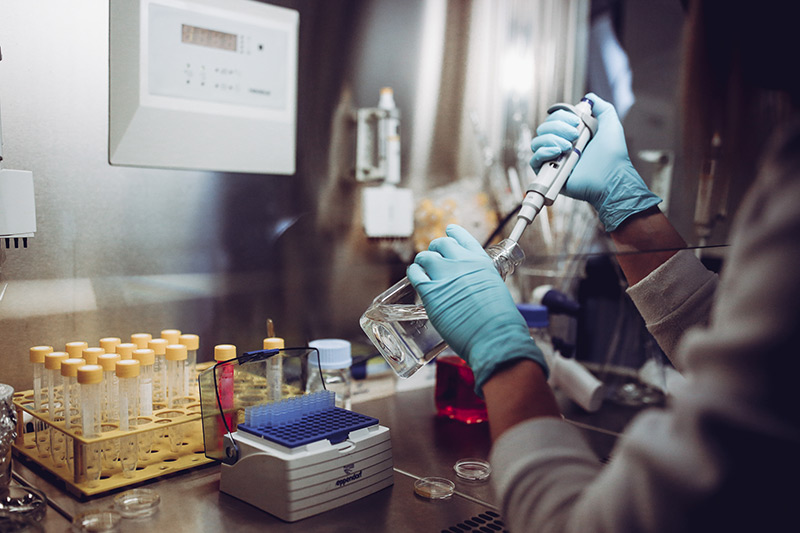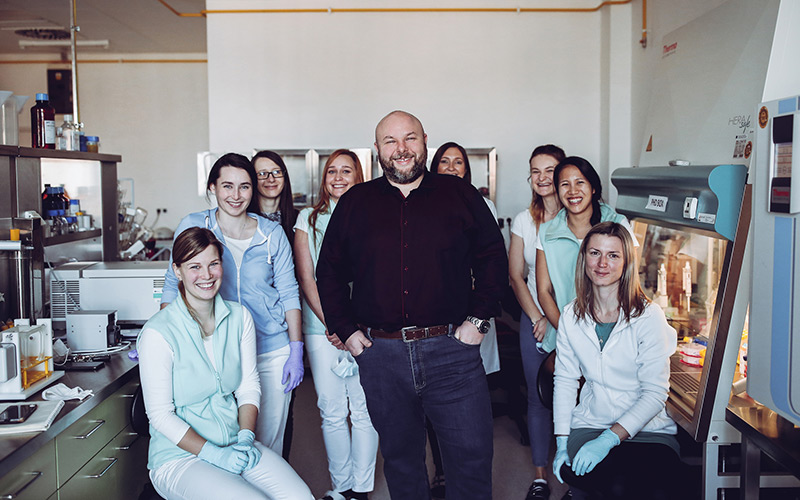
Scientists from Zlín Develop Materials That Could Replace Human Tissue
26. March 2021Scientists from the Centre of Polymer Systems (CPS) of Tomas Bata University (TBU) and students of the Faculty of Technology (FT) in Zlín are developing materials that could help replace human tissue or restore organ functions such as the heart in the future. They worked on the project in cooperation with colleagues from the Academy of Sciences of the Czech Republic.
“It is not easy to create material that human cells will be friends with. You need to have cells which communicate with the material, not attacking it, but, on the contrary, cooperating. Ideally, the material produced should, therefore, resemble human tissue as much as possible, and copy its properties,” says Professor Petr Humpolíček from the Centre of Polymer Systems.
During the research carried out, the scientists together with students of the Faculty of Technology came up with a number of interesting materials. A special type of cryogel is one of them. It is elastic, porous and, above all, electrically conductive, which is one of the important features in the development of materials for research into heart or nerve tissue. It is precisely the effect produced by the electric field that enables effective communication of cells between each other and with synthetic material.

Thanks to the involvement of foreign institutions and to the use of their know-how, they were able to describe in detail the properties of the materials. In addition to common experiments, the materials were also tested using special bioreactors that allow to simulate real conditions in the human body; thus, further progress in the whole research was achieved.
“The results of this three-year cooperation and of the development have contributed to gaining a better understanding of biocompatible polymers and to providing an experiential basis on which we can build in Zlín today,” says Professor Humpolíček, adding: “Within other projects, we focus on finding practical application for materials developed in our laboratory. The materials should be suitable, for example, for use in cosmetics or in tissue engineering,” he says.

However, it is still a long way towards creating an artificial heart, muscle or functional nerves. Meanwhile, scientists all around the world are exploring the issue of what properties the material must have in order to produce subsequent cell reactions which are desirable. The cells have a habit of reacting to the created conditions in a manner completely different than that which the scientists expect. The results generated during research conducted at Tomas Bata University and in the Academy of Sciences of the Czech Republic represent another step that brings scientists closer to the desired goal. The potential of biocompatible materials is huge.